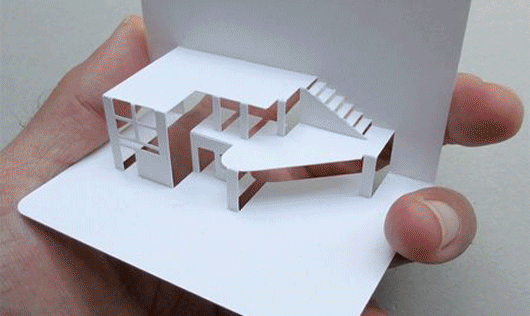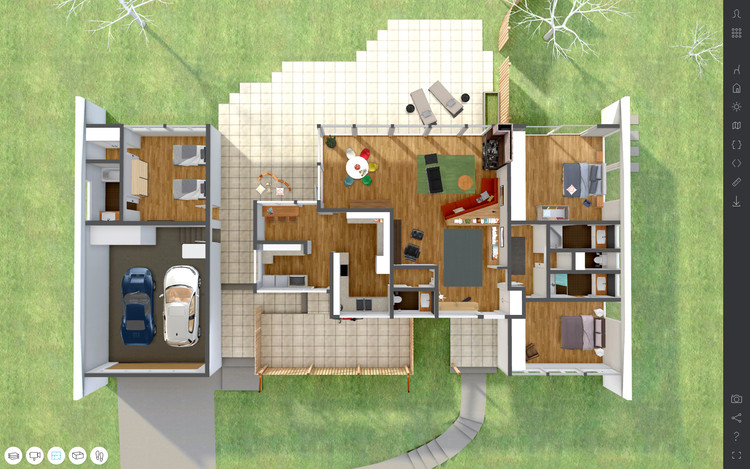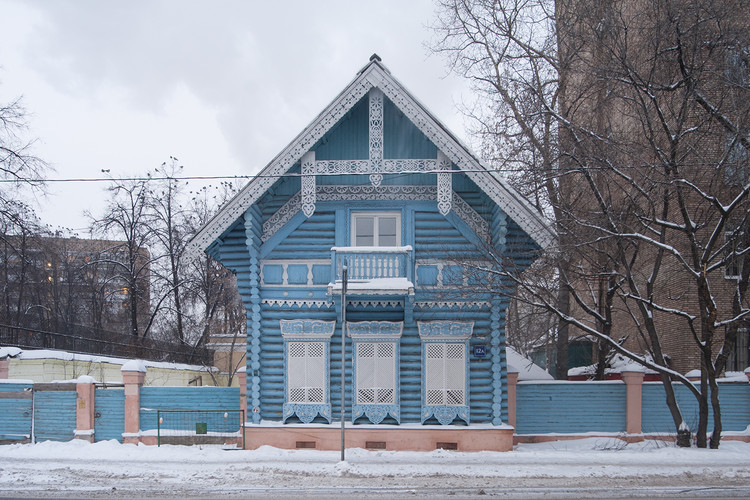
Young designers, fresh out of school, often have incredible potential to contribute to their new firm: with fresh skills and capabilities that may have passed by the company's older members, they are in an excellent position to make their mark. But maximizing this potential may require expensive training courses, and asking your firm for that opportunity can be daunting. In this article originally published on ArchSmarter, Michael Kilkelly recounts a tale from his own early years as an architect to demonstrate that getting your firm to pay for training may be simpler than most young architects imagine.
When I was a young architect, only a few years out of school, I became interested in 3D rendering. This was back in the mid-nineties so the technology was primitive compared to today. 3D Studio Max had just come out and my firm had a copy.
After work, I would play around with the software. I did a few renderings of the project I was working on as a way to learn the software. The project designer saw them and got excited.













.jpg?1460552034)

.jpg?1460552272)
.jpg?1460552021)
.jpg?1460552010)






















